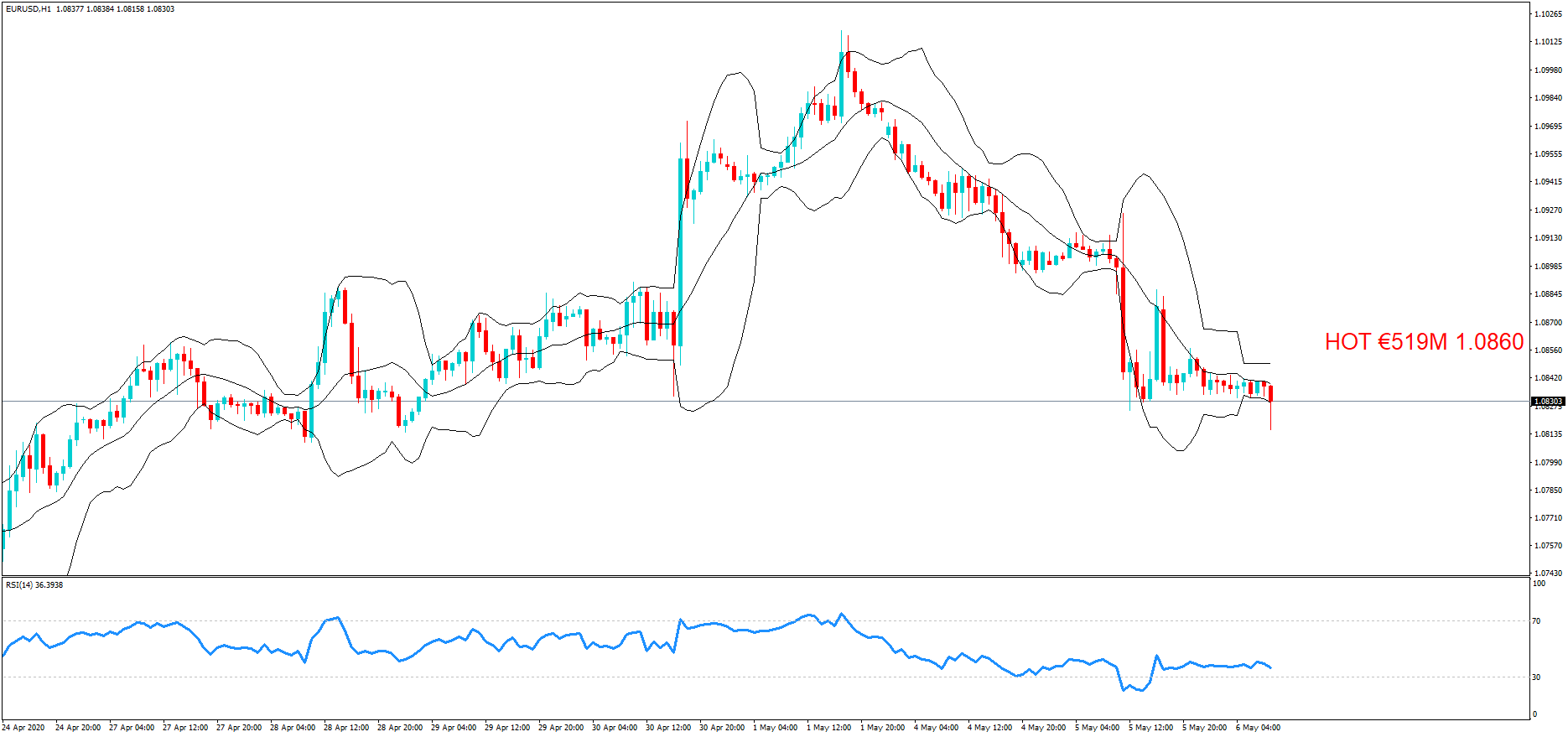18/3/ · New Zealand Time. During these hours traders in the forex market can execute trades, Daily Cut-Off Definition. The daily cut-off is the specified time when the 31 rows · can be authorised between 7ampm on NZ business days. that use a forward exchange 2/1/ · The daily cut-off is the time that forex dealers set that distinguishes the end of one trading day from the beginning of the next. The cut-off is important to establish for record keeping purposes
Daily Cut Off definition | Forex term
Forex market hours refers to the specified period of time when participants are able to transact in the foreign exchange market. Forex market hours are the schedule by which forex market participants can buy, sell, exchange, and speculate on currencies all around the world. The forex market is open 24 hours a day during weekdays but closes on weekends. With forex cut off time zone changes, however, the weekend gets squeezed. The forex market opens on Monday at 8 a. local time in Wellington, New Zealand, which equates to Sunday 2 p.
in New York City under Eastern Standard Time ESTand closes at 5 p. local time in New York City, which equates to Saturday 11 a. New Zealand Time. During these hours traders in the forex market can execute trades, though trading conditions may vary.
International currency markets are made up of banks, commercial companies, central banks, investment management firms, hedge funds, as well as retail forex brokers and investors around the world.
Because this market operates in multiple time zones, it can be accessed at any time except for the weekend break. The international currency market isn't dominated by a single market exchange but involves a global network of exchanges and brokers around the world. Forex market trading hours are based on when trading is open in each participating country, forex cut off time.
While the time zones overlap, the generally accepted time zone for each region are as follows:. The two busiest time zones are London and New York. The period when these two trading sessions overlap London afternoon and New York morning is the busiest period and accounts for the majority of volume traded in the trillions of dollars a day market. The rate, which is set at 4 p.
London time, forex cut off time, is used for daily valuation and pricing for many money managers and pension funds. While the forex market is a hour market, some currencies in several emerging markets are not traded 24 hours a day, forex cut off time.
The seven most traded currencies in the world are the U. dollar, euro, Japanese yen, British pound, Australian dollar, Canadian Dollar, and Swiss franc, all of which are traded continuously while the forex market is open. Speculators typically trade in pairs crossing between these seven currencies from all over the world, though they favor times with heavier volume. When trading volumes are heaviest, forex brokers will provide tighter spreads bid and forex cut off time prices closer to each other forex cut off time, which reduces transaction costs for traders, forex cut off time.
Likewise, institutional traders also favor times with higher trading volume, though they may accept wider spreads for the opportunity to trade as early as possible in reaction to new information they have. Despite the highly decentralized nature of the forex market, it remains an efficient transfer mechanism for all participants and a far-reaching access mechanism for those who wish to speculate from anywhere on the globe.
Day Trading. Your Money. Forex cut off time Finance. Your Practice. Popular Courses, forex cut off time. What Are Forex Market Hours? Key Takeaways Forex market hours refers to the specified period of time when participants are able to transact in the foreign exchange market. The forex market is available for trading 24 hours a day except for weekends.
The forex market is decentralized and driven by local sessions, four in particular-Sydney, Tokyo, London, and New York.
Trading volume varies from one session to another, though the highest trading volume tends to occur when the London and New York sessions overlap. The benchmark spot foreign exchange rate, used for daily valuation and pricing for many money managers and pension funds, is set at 4 p. London time. Forex trading starts in New Zealand but is called the Sydney session.
Compare Accounts. Advertiser Disclosure ×. The offers that appear in this table are from partnerships from which Investopedia receives compensation. Volume is typically much lighter in overnight trading. What Is Forex FX and How Does It Work? Forex FX is the market for trading international currencies. The name is a portmanteau of the words foreign and exchange.
Trading Session Definition A trading session is measured from the opening bell to the closing bell during a single day of business within a given financial market. Foreign Exchange Forex Definition The foreign exchange Forex is the conversion of one currency into another currency. Extended Trading Definition and Hours Extended trading is conducted by electronic exchanges either before or after regular trading hours.
Volume is typically lower, presenting risks and opportunities. Daily Cut-Off Definition The daily cut-off is the specified time when the trading day moves to the next day. Forex cut off time most currencies it is during the afternoon eastern time. Partner Links. Related Articles, forex cut off time. Day Trading Activities to Take Advantage of in Pre-Market and After-Hours Trading.
About Us Terms of Use Dictionary Editorial Policy Advertise News Privacy Policy Contact Us Careers California Privacy Notice. Investopedia is part of the Dotdash publishing family.
Strategy to Spotting Reversals When Forex Trading
, time: 59:22Daily Cut-Off Definition

18/3/ · New Zealand Time. During these hours traders in the forex market can execute trades, Daily Cut-Off Definition. The daily cut-off is the specified time when the 31 rows · can be authorised between 7ampm on NZ business days. that use a forward exchange Daily Cut-Off Definition
No comments:
Post a Comment